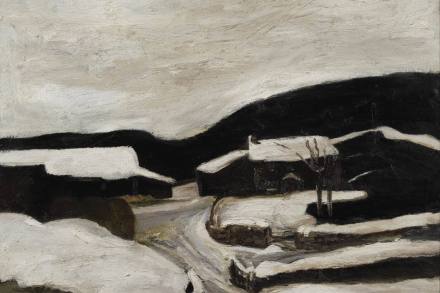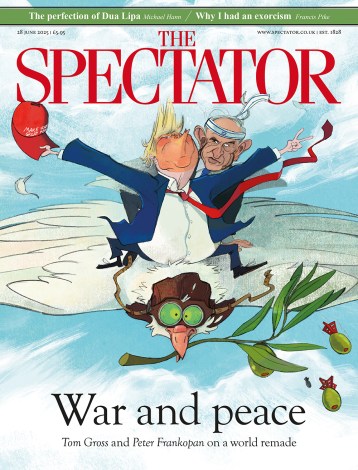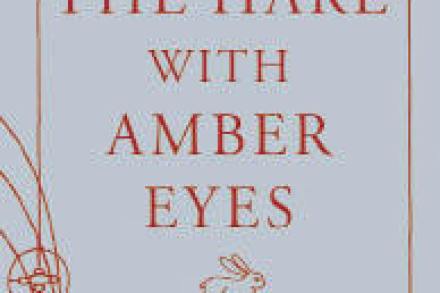A Cumberland legend
The legend of the glamorous artist Sheila Fell (1931–79), with her striking looks — black hair, white skin, large eyes — who died young, has tended to obscure the real achievement of her art. The legend of the glamorous artist Sheila Fell (1931–79), with her striking looks — black hair, white skin, large eyes — who died young, has tended to obscure the real achievement of her art. She was part of a talented generation which included her friends Frank Auerbach, Jeffery Camp and Craigie Aitchison, and was given her first solo exhibition at the age of 24 by Helen Lessore at the Beaux Arts Gallery in London. Fell came














